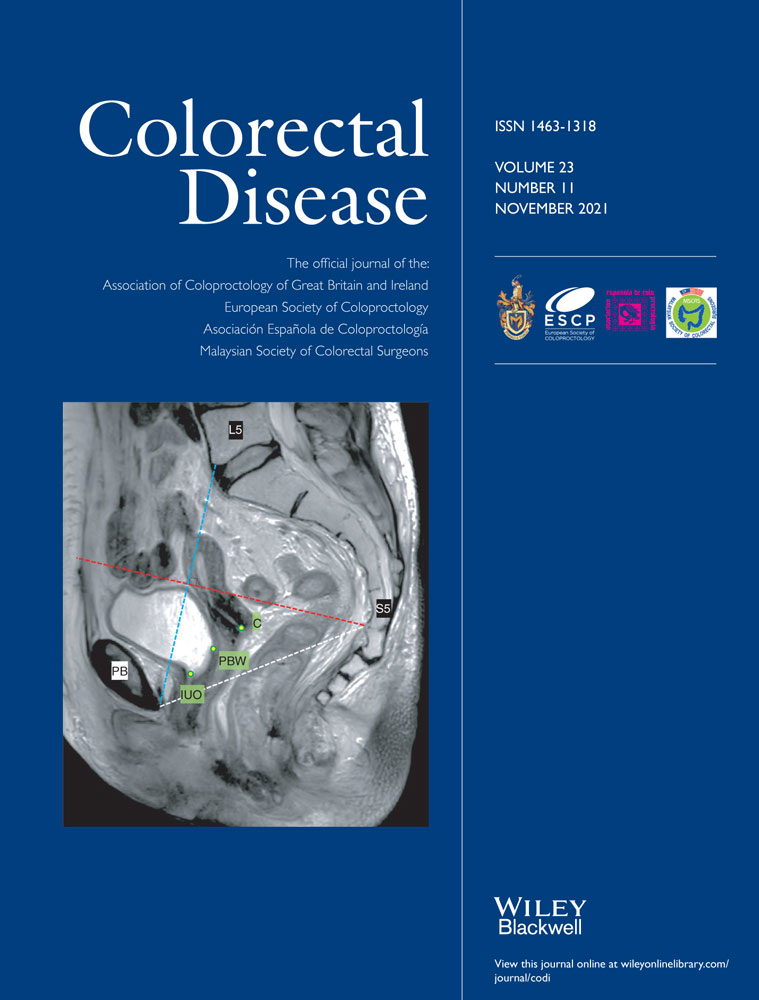Evolution of the management of retrorectal masses: A retrospective cohort study
Abstract
Aim
Retrorectal masses are abnormalities located anatomically in the retrorectal space. A significant proportion are asymptomatic with no malignant potential while others cause symptoms due to mechanical pressure or malignant infiltration. We reviewed and categorised the retrorectal masses encountered over a 30-year time period in a specialist colorectal hospital and describe our management algorithm for consideration by other multidisciplinary teams (MDT).
Methods
This was a retrospective analysis of consecutive patients referred between 1984–2019. A detailed review of clinical presentation, imaging features, postoperative histology and impact on morbidity and anorectal function is reported.
Results
A total of 143 patients with median age of 46 years and female preponderance (74%) were reviewed. The commonest presenting symptom was pain (46%) and all malignant cases had symptoms (n = 17). Over the last decade, more asymptomatic patients have presented with a retrorectal mass (33%, p = 0.04) and more patients are opting for surveillance rather than resection (33%, p = 0.013). Increasing age and lesion size were associated with malignancy (p < 0.05). Radiological features associated with malignancy included: solid/heterogeneous component, lobulated borders or locally invasive. Following surgery, complications included chronic pain (40%), poor wound healing (23%) and bowel dysfunction (10%).
Conclusions
The management of retrorectal masses remains complex. There are features, both clinical and radiological, that can help determine the best management strategy. Management should be in a high-volume tertiary centre and preferably through a complex rectal cancer MDT. Long-term sequelae such as chronic pain must be highlighted to patients. We advocate the establishment of an international registry to further record and characterise these rare, potentially troublesome lesions.
CONFLICT OF INTEREST
None.
Open Research
DATA AVAILABILITY STATEMENT
The data that support the findings of this study are available on request from the corresponding author. The data are not publicly available due to privacy or ethical restrictions.




